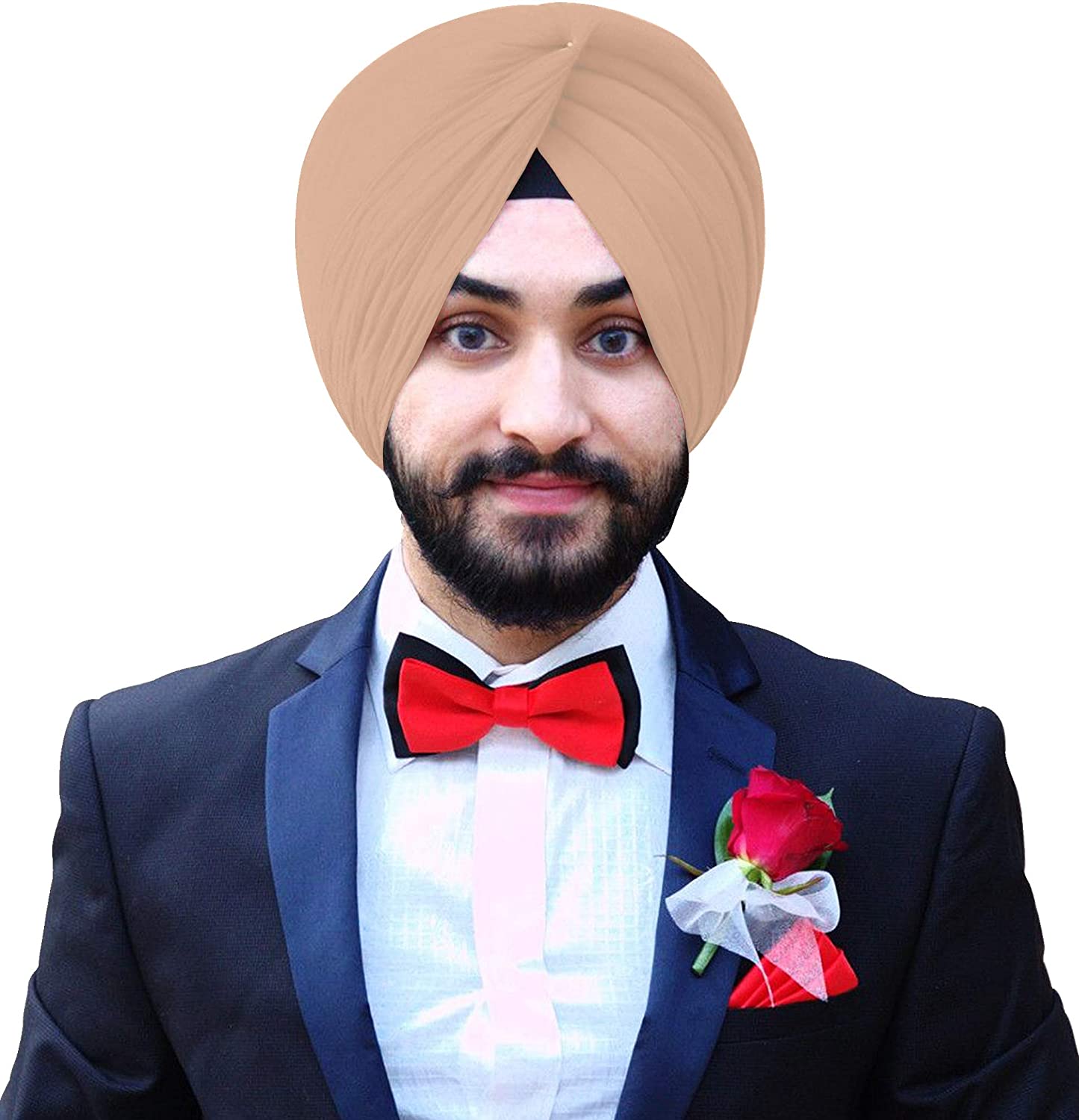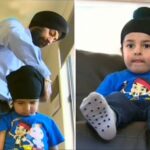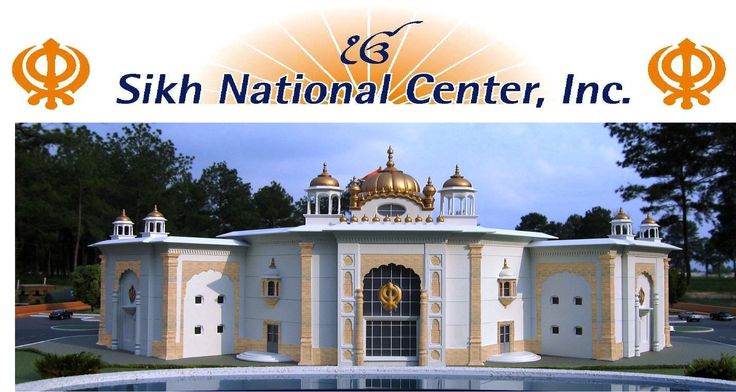Since the time of the first Suru of the Sikh religion – Guru Nanak Dev Ji, the turban has been an important part of the Sikh religion. All ten Guru wore dastar, and the tenth Suru Guru, Guru Gobind Singh Ji, made it obligatory for all Sikhs not to cut their hair and cover their heads, which had a profound and spiritual meaning.
Since Sikhs are not allowed to cut hair on any part of the body, dastar is used as a means of keeping hair on the scalp strong. Guru Gobind Singh Ji tied himself with a beautiful round headband on the heads of both his eldest sons Ajit Singh and Jujhar Singh. Hats (from Persian دولبند, dual-band; with Middle French turban) are a type of headgear based on the threat of fabric. Because of its versatility, it is worn by people of many cultures as a traditional dress. [1] Communities with elaborate costumes can be found in the Indian subcontinent, Southeast Asia, the Arabian Peninsula, the Middle East, the Balkans, the Caucasus, Central Asia, North Africa, West Africa, East Africa, and among other ethnic groups Turkish and Russian Jews. -Ashkenazi.
A keski is a type of turban, a piece of cloth about half the length of a “single turban”, but not cut and sewn to form a “Double Turban” (or Double Patti).
Wearing hats is common among Sikhs, including women. It is also worn by Hindu monks. The hat serves as a religious ceremony, involving the Shia Muslims, who view the wearing of the hat as a Sunnah mu’akkadah (certified tradition).
The hat is also a traditional hat for Sufi scholars. In addition, hats have often been worn by officials, regardless of their religious background. The origin of the turbans is uncertain. Some ancient civilizations, such as ancient India, Mesopotamia, Sumer, and Babylon, apparently used amulets. and Byzantine immigrants, as shown in the Greek ideas of the 10th century in the province of Cappadocia in modern-day Turkey, still wore their Greek-speaking descendants in the early 20th century. A Muslim prophet, Muhammad, who lived 570–632, wore a white turban, a very sacred color. The style of hat he presented was a cap tied to a cloth; this hat is known as Imamah and has been imitated by Muslim kings and scholars throughout history. Shiah pastors today wear white hats unless they are descendants of the Prophet Muhammad or Sayyid while wearing a black veil. Many Muslim men prefer to wear green, because it symbolizes paradise, especially among Sufism followers. In some parts of North Africa, where blue is usually blue, the shade of a hat may reflect the color of the wearer.
Items and size of Turban
Turbans 5m (length) x 1m (standard width). The length can vary from 5 to 8 meters, depending on the type of Turban one wants to wear. There is an exception where some people like Nihang Singh can travel with Turbans 10 meters in height or more. High school kids usually wear a 4- to 5-foot-tall hat. Young children wear the Patka which is available in the following four sizes:
- Smaller (18 inches X 18 inches)
- Small (21 inches X 21 inches)
- Medium (24 inches X 24 inches)
- Large (27 inches X 27 inches)
Sikh Turbans are made of cloudy cotton fabric. Full Voile is a lightweight, sensible, 100% cotton material that enables the easy binding of a slippery hat with a few wrinkles. Mulmul, similarly, 100% cotton, has a slightly thicker weave than Full Voile, which brings a lighter texture. It is often used by Sikhs who like to starch their turban material. Below is a full description of each Turban item.
Rubia – AVH Turban
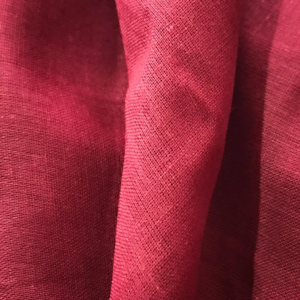
Rubia is a soft material with distinct durability. Rubia is made of Rubia cloth, a strong fabric that makes it a heavy material when used for turban fabric. It is a medium-sized fabric. It is available in a variety of colors at the Adarsh Voile House (AVH) Turban Center.
Rubia Voile – AVH Turban
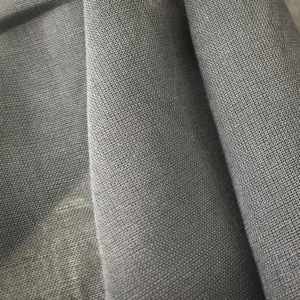
Rubia voile is a soft texture, usually made of 100% cotton as well as a 50:50 mix of voile and Rubia yarn. Although less well known to the people who use it, the texture design makes it easier and more solid for turbans and damala. Due to its special blend, it is more durable and reliable than other simple materials, for example, full voile and mall.
Full Voile – AVH Turban
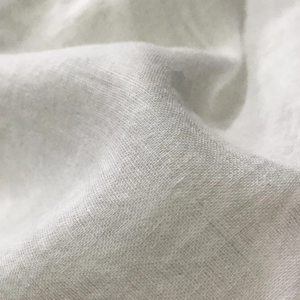
Full Voile is soft, light, usually made of 100% cotton or cotton blended with linen. The materials used have a lightweight and slightly transparent finish. It is often used in delicate clothing because of its light and soft tones. Filled voile material is considered to be the most popular texture of turbans worn by Sikhs.
F74 – AVH Turban
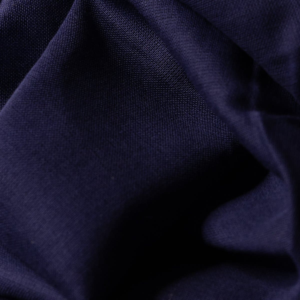
F74 also called malmal is the smallest texture of turbans tied to Sikhs. The lightweight material is made of 100% cotton with 2×2 high curved strings. The F74 is one of the most popular styles of dumalla style hats, as it is very small, making it wearable when combined with a wide range of layers.
